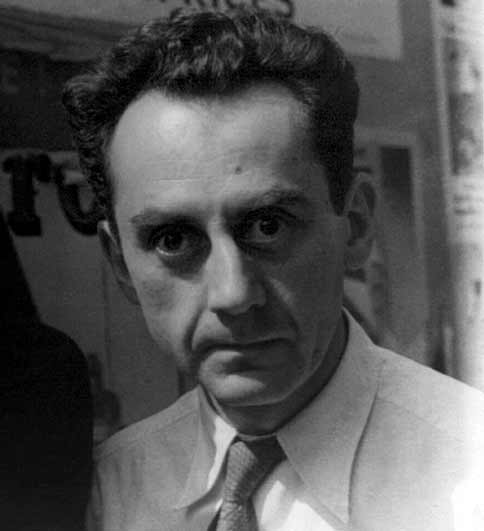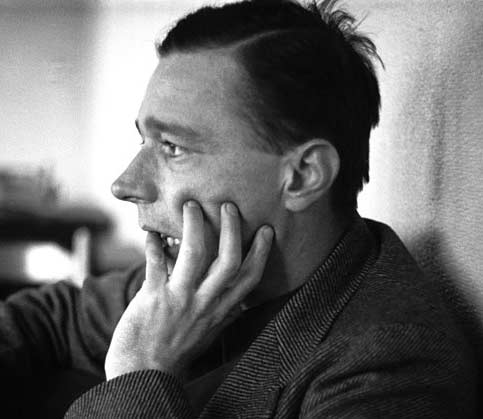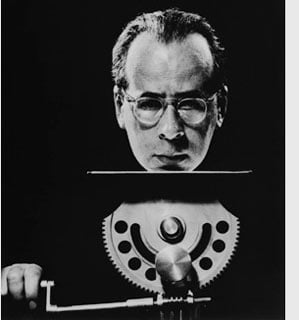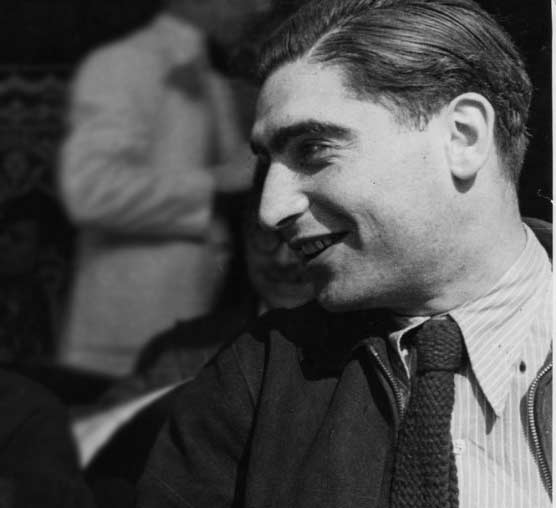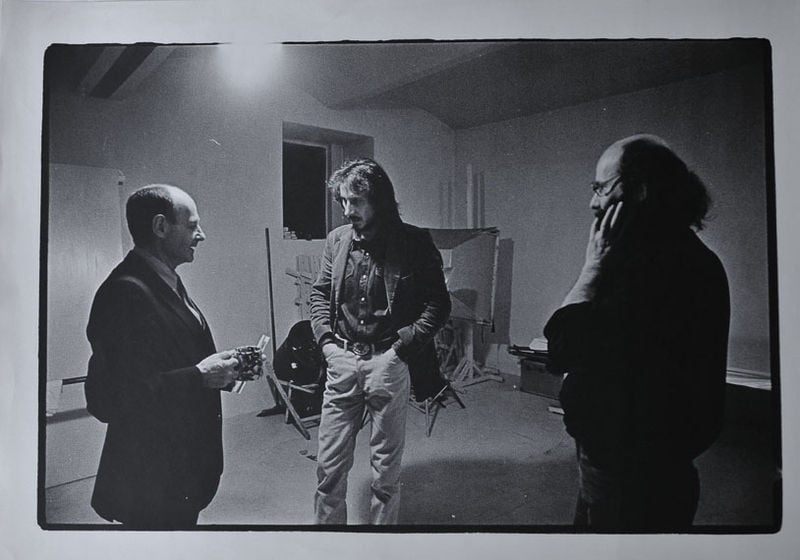| Full Name | Emmanuel Radnitzky |
| Known As | Man Ray |
| Date of Birth | August 27, 1890 |
| Place of Birth | Philadelphia, Pennsylvania |
| Date of Death | November 18, 1976 |
| Place of Death | Paris, France |
| Occupation | Visual artist |
| Art Movements | Dada, Surrealism |
| Notable Media | Painting, photography, assemblage, collage, film |
| Famous For | Pioneering photography, fashion and portrait photography, “rayographs” (photograms) |
| Spouses | Adon Lacroix (m. 1914; div. 1937), Juliet Browner (m. 1946) |
| Partner | Lee Miller (1929–1932) |
| Background | The eldest child of Russian Jewish immigrants, Melach “Max” Radnitzky and Manya “Minnie” Radnitzky (née Lourie) |
| Siblings | Brother: Sam; Sisters: Dorothy “Dora” and Essie (or Elsie) |
| Early Life | The family settled in Williamsburg, Brooklyn, New York; changed their surname to Ray in 1912 due to ethnic discrimination |
| Signature Technique | Photograms called “rayographs” |
| Career Highlights | Significant contributor to the Dada and Surrealist movements; considered himself primarily a painter |
| Legacy | Known for innovative and pioneering contributions to photography and visual arts |
